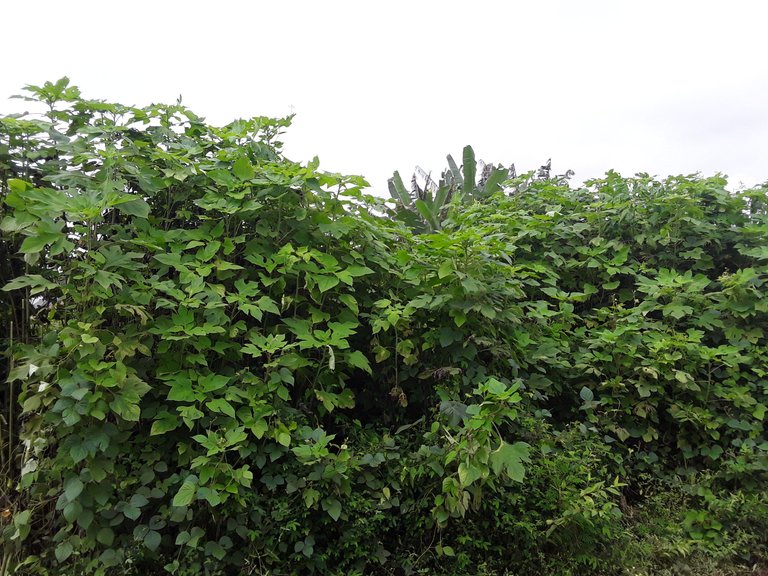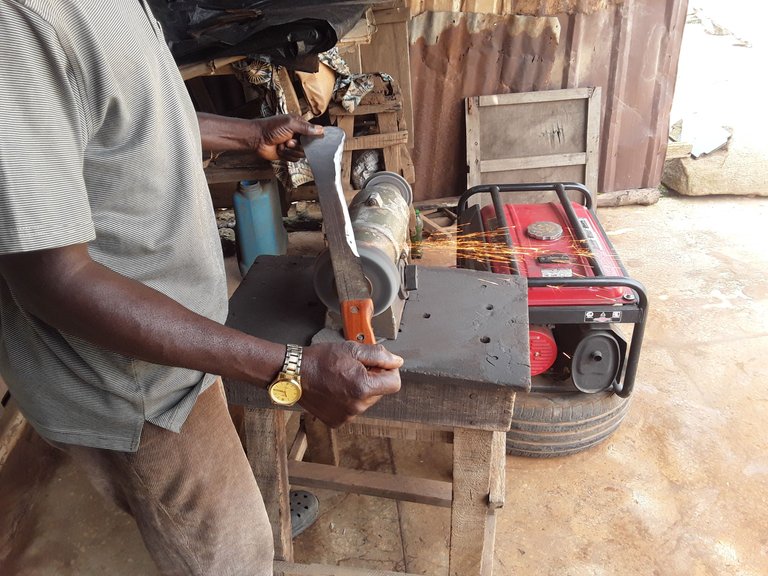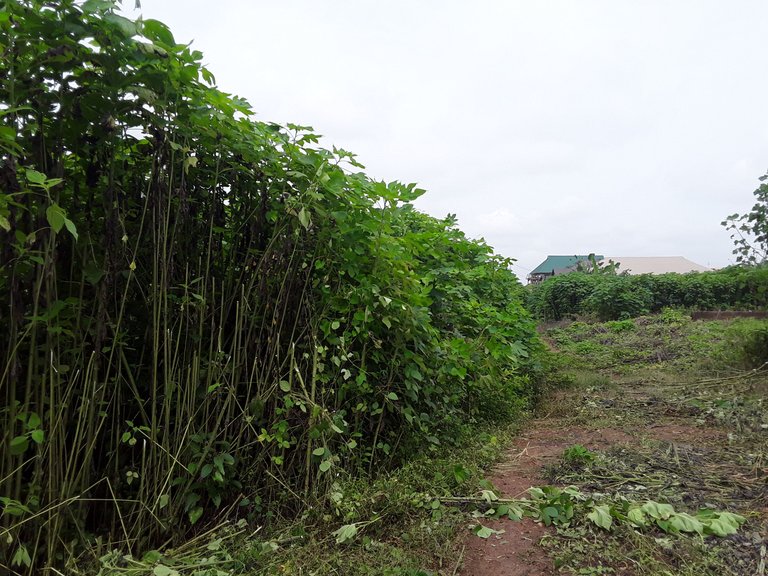There is this particularly aggressive plant species that have been creating a nuisance to the environment in the part of Nigeria where I am based. Several scientific investigations have been conducted by Nigerian researchers on the invasive attributes of the plant.
In actual fact, my final year undergraduate project at the university was based on this plant. In collaboration with 2 of my colleagues, we investigated the effects that the aqueous extract of the leaves of the plant has on the growth of the seedlings of three native woody species.

Despite the numerous research that has been conducted in order to understand the invasive attributes of the plant, the nuisance that the plant species constitute has only increased.
In my last post about my mini-farm update, someone made a comment that the farm is located in a jungle because of the thick bushes that surround the farm. While the commenter is not far from the truth, those thick bushes are largely dominated by this plant species.
Like every other invasive organism, be it plant, animal, or microbe, Tithonia diversifolia is quite aggressive in multiplying. Not just that, they grow rapidly as well, and these attributes gave my farm's surroundings a jungle look. The bushes have been cleared barely less than 6 months ago.
Do jungles form in about 6 months? Probably yes, if invasive plant species are involved just like in this case.
Interestingly, my farm area is where I hope to relocate to in the coming weeks if everything goes well. Of course, I would not want to live in a house surrounded by thick bushes. Hence, I have started making efforts to gradually clear the bushes around in anticipation of my relocation.

The clearing is being done manually using a cutlass. Since the beginning of this week, I make sure I spend about an hour clearing the bushes every day. However, it has not been an easy task for me. In the past, manual labourers are hired to do the job. I simply do not have the means to hire them now.
The whole thing has really got me thinking about how best to deal with invasive plant species. As someone who is environmentally conscious and always tries as much as possible to conserve the environment, the use of herbicide is not an option.
The people I know who are faced with a similar problem resort to using herbicides. With a systemic herbicide, it will take, at least, 6 weeks before the bush can start resurfacing after the herbicide must have killed them off initially.
Even though most of the herbicides around now claim to be specific and non-toxic, I can never trust them. Herbicides kill non-target organisms such as insects. They also persist in the environment as they are not easily degraded naturally.
As a result of their persistence in the environment, these chemicals find their way into the food chain and get bioaccumulated into the body systems of consumers, including humans. This is the beginning of several health problems for consumers. Some of the kidney failures recorded in Nigeria recently were traceable to agrochemicals.
With the herbicide option out, what is left is the manual removal of these bushes using a cutlass. This is both time and energy-consuming. Another option would be to purchase a mower and mechanically remove the bushes at intervals while they are still young. A good mower costs a fortune right now. The maintenance is also another cost entirely. I am simply not in the position to do that.

I know that invasive plant species are a widespread problem. Hence, I am interested in knowing if there are some other ways I could handle this one around me. Perhaps there are other ways that are easier or with minimal costs and are environmentally friendly.
Feel free to engage me in the comment section if you know any.
Thank you for reading through.
